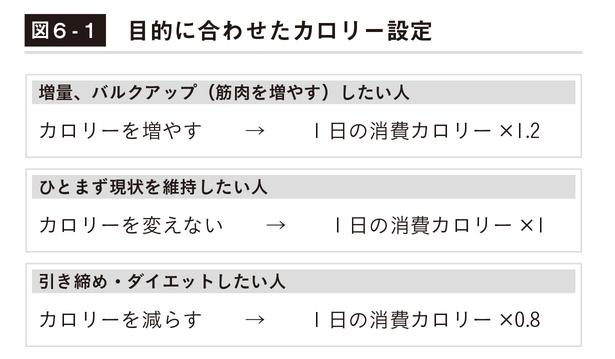No calorie counting required! How to start a healthy and topical “macro diet”
Counting calories is a pain, but feel like you need something to track to help you reach your weight loss goals? A macro diet might be perfect for you.
Photo:Getty Images

Macro (abbreviation of macronutrients, that is, macronutrients) that professional athletes have been paying attention to for the best performance. Recently, macro-focused diets (also known as flexible diets, or IIFYM diets) have become increasingly popular among exercise enthusiasts and health-conscious individuals who want to keep their weight under control. . In fact, have you ever seen the hashtag #IIFYM, which stands for If It Fits Your Macros, on Instagram or Facebook? (However, a macro diet is different from a macrobiotic diet, so be careful.) So what exactly is a macro diet? "Is it worth trying?" A nutritionist answered various questions, starting with how to start a macro diet!
What is a macro diet?
Photo:Getty Images
The idea behind the macro diet is very simple. Instead of trying to keep your caloric intake below a certain threshold, it focuses on consuming specific amounts (usually in grams) of macronutrients (protein, carbs, and fats).
What are macronutrients?
Photo:Getty Images
Macronutrients are the three types of nutrients (carbohydrates, proteins, and fats) that provide most of the energy. Micronutrients, on the other hand, are types of nutrients that the body needs in small amounts, such as vitamins, minerals, antioxidants, and phytochemicals. Most foods contain two or all three macronutrients, but foods are classified according to which macronutrient is the most abundant. For example, chicken is classified as protein, although it also contains fat, and sweet potatoes are considered carbohydrates, although they contain little protein. However, not all macronutrients are created equal. "The quality and quantity of the major nutrient groups can make a difference in things like whether your blood sugar and energy levels are stable, and how much you should be eating at a meal," explains registered dietitian and certified sports. Amy Goodson, a licensed nutritionist. All of these things affect whether you can stick to a healthy eating plan. Healthy options for each macronutrient include: Carbohydrates Healthy carbohydrates such as whole grains, legumes, leafy greens, potatoes, and fruits are high in dietary fiber. Protein Healthy, lean protein includes chicken, turkey, grass-fed beef, fatty fish (such as salmon and mackerel), eggs, and plant-based protein sources such as kidney beans and chickpeas. Healthy fats that are highly satisfying include olive oil, avocado, nuts, and seeds.
